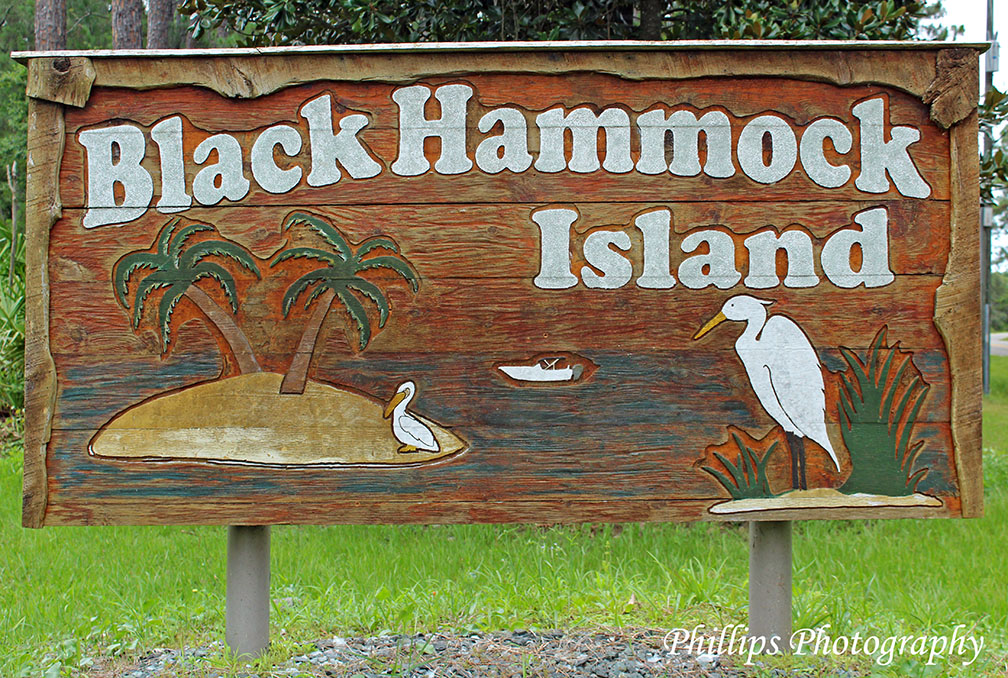BLACK HAMMOCK ISLAND CIVIC ASSOCIATION
“It’s a Different Kind of Life on Black Hammock Island.”

You’ll find Black Hammock Island at the end of the road, as far northeast in Duval County as you can go, with just one way in and the same long, one way out. The island is surrounded by marsh and is almost directly adjacent to the Timucuan Ecological and Historic Preserve. Cedar Point, operated by the National Park Service, is located at the south end of Black Hammock Island.
Black Hammock Island is one of the most beautiful areas around for nature lovers. There is a public boat ramp about 5 miles away and acres of national parks surrounding the area. The large Marketplace Shopping Center is conveniently located so you may have your privacy and still have shopping nearby.
Our privacy is important after all, that’s why we live on an island, with not a single store, school, gas station, church, restaurant, or traffic light in sight. The closest store is 11 miles away, and we prefer it like that.
Get Informed
BHICA Amenities
Learn about the Island Amenities
BHICA Information
Connect with Helpful Information
BHICA Resources
List of Informative Resources
What We Love About Our Island
Black Hammock Island is a rural area where most people own several acres and raise and breed Horses, Bison, Cattle, Milk Cows, Watusi, Ducks, Goats, Pigs, and Chickens.
One of the things our residents love is all the wild animals that live on the island such as Deer, Wolves, Foxes, Canada Geese, Alligator Turtles, Gopher Turtles, Wild Turkeys, Ducks, Rabbits, and many Rare Birds.
Islanders watch out for their neighbors and will lend a helping hand if needed. They will wave at each other as they drive by in their cars, trucks, or golf carts.
There are 299 homes on the island, with a population of 1,493 people.
Read More…
We’ve Been Growing Since 1560
The University of North Florida has continued to uncover the ancient artifacts that are located on Black Hammock Island by a group of Mocama Indians dating as far back as 1560. This leads us to believe that there were several indigenous groups of people who had lived there before any Europeans.